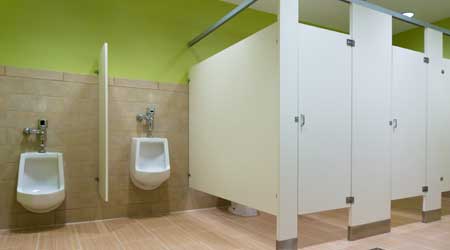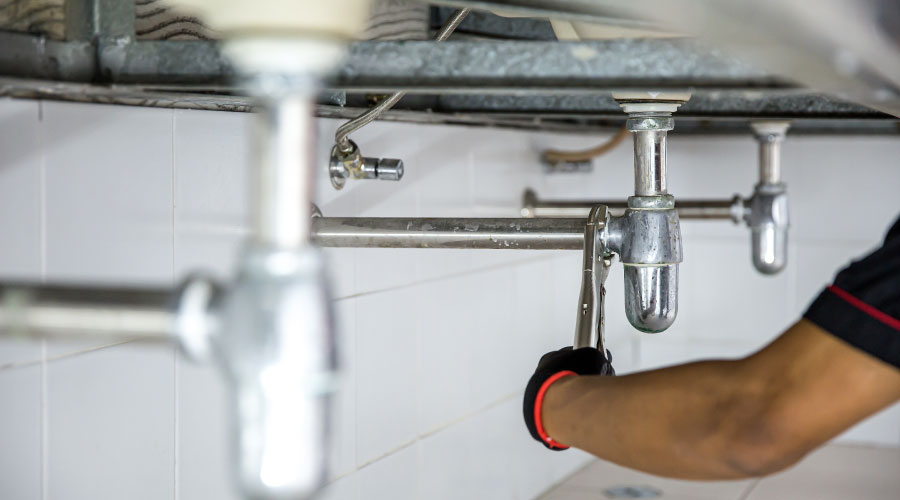Maintenance Managers Face Potential Roadblocks With Water Conservation Projects
Part 3 of a 4-part article on water-saving projects
Managers planning projects with water conservation in mind might encounter a number of different roadblocks in their facilities. For example, a perception remains among some managers that low-flow still means lower quality.
“A misconception around low-flow (technology) is that because you’re going lower flow, the product is not going to perform to the function that it should,” says Ben Fisher of Moen Commercial. “For example, a shower is not going to get shampoo out of hair because it doesn’t have enough flow, or a toilet won’t flush matter because of the low flow.
“(Manufacturers) test these things in-house and there’s third-party testing out there that will show that you’re doing more with less water and volume. That’s something people still are wrapping their minds around as we continue to put out low-flow products. As they continue to perform to standards, I think people’s confidence will continue to grow.”
Building occupants who are unwilling to change their water-use habits also can hurt conservation efforts.
Facilities must “change peoples’ performance expectations and associated behavior with activities such as how to wash their hands with less water and how much and what type of toilet paper to use and eliminating the toilet as a place to dispose of items they were not designed to handle,” says Mark Lawringer of Sloan Valve Co.
Some of the roadblocks are cultural, Tanzillo says, adding, “The thinking that certain applications you need X amount of water, so whether you leave (faucets) running twice as long for the same amount of water or not.”
The cost of plumbing-system upgrades also can create challenges for managers.
“A lot of times, a facility will agree (on a project), but it’s not the biggest priority at the time,” Fisher says. “They’ll say there’s water coming out of it and it’s working, but when it’s no longer working they’ll replace it with a low-flow (product). (Plumbing projects) may not be at the top of the list when there’s limited budget and resources. Someone can change a faucet that has water flowing out of it or choose to replace an air conditioner that’s not completely working.”
Convincing top management that investing in water-saving plumbing upgrades will likely produce savings can prove difficult.
“The roadblocks I see more of as I visit sites is just the ability to convince their boards of newer technologies and just having the money to spend,” Tanzillo says. “Some of these facility people need to improvise the best they can and just work with the funds that are available at the time. I can say that some are a little more reluctant to look at the water side and conservation because of the costs or unfamiliarity with it.”
Managers also must consider the long-term savings plumbing projects will generate before deciding whether to move forward with them.
“The big opportunity with return on investment is really looking at the total cost of ownership — not just the upfront purchase cost but looking at that product through the life cycle of it,” Fisher says. “It ties into the water savings and energy savings. There’s a ton of opportunities on labor, parts, and maintenance savings, a big opportunity for managers to dive into those upfront costs and really look at what the product is going to save over its life.”
Managers need to play a role in convincing building owners that investing in plumbing projects can produce significant water and financial savings.
“They motivate building owners to upgrade existing plumbing equipment to meet high efficiency standards,” Lawringer says. “Most conservation efforts focus on new construction, which is great.”
“However, the efforts to encourage building owners to make the investments needed to upgrade equipment to new standards, such as through rebate programs, has not been enough to motivate them in large numbers.”
Related Topics:















